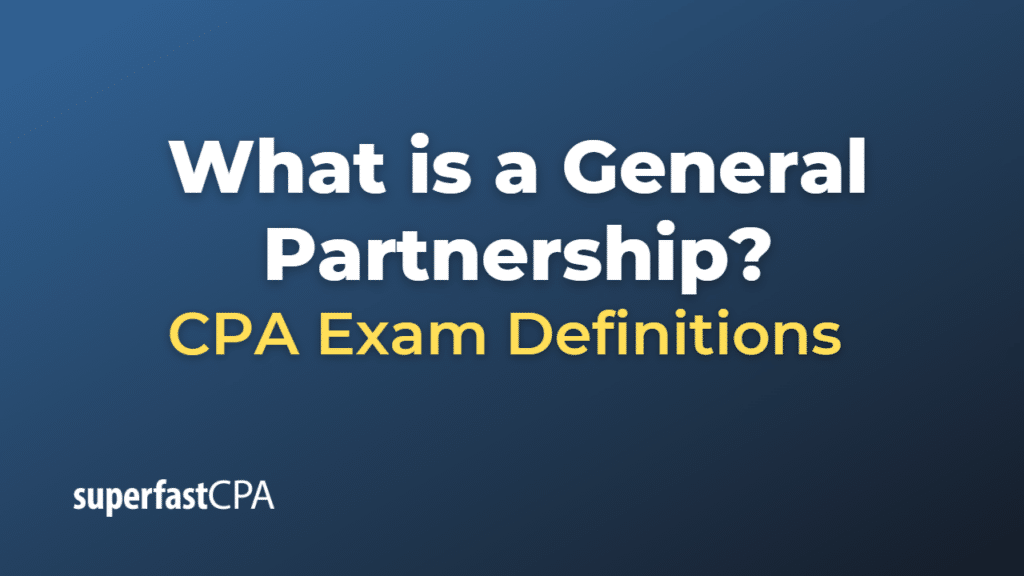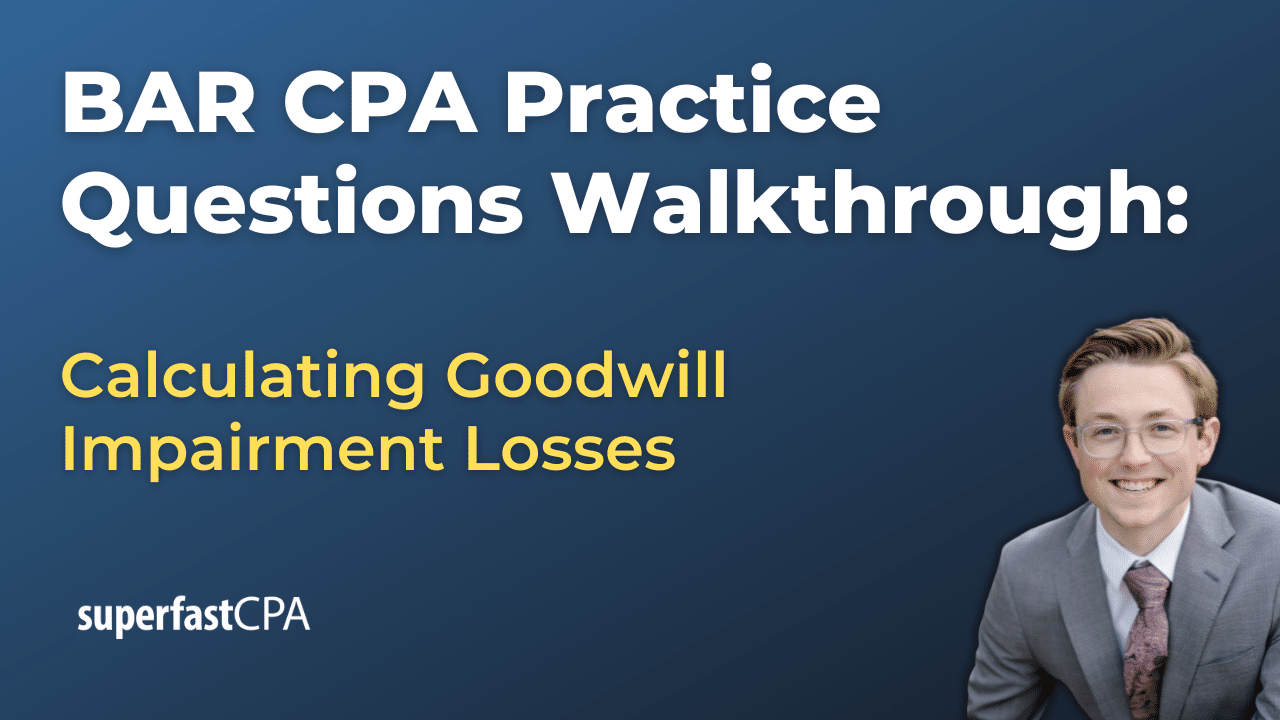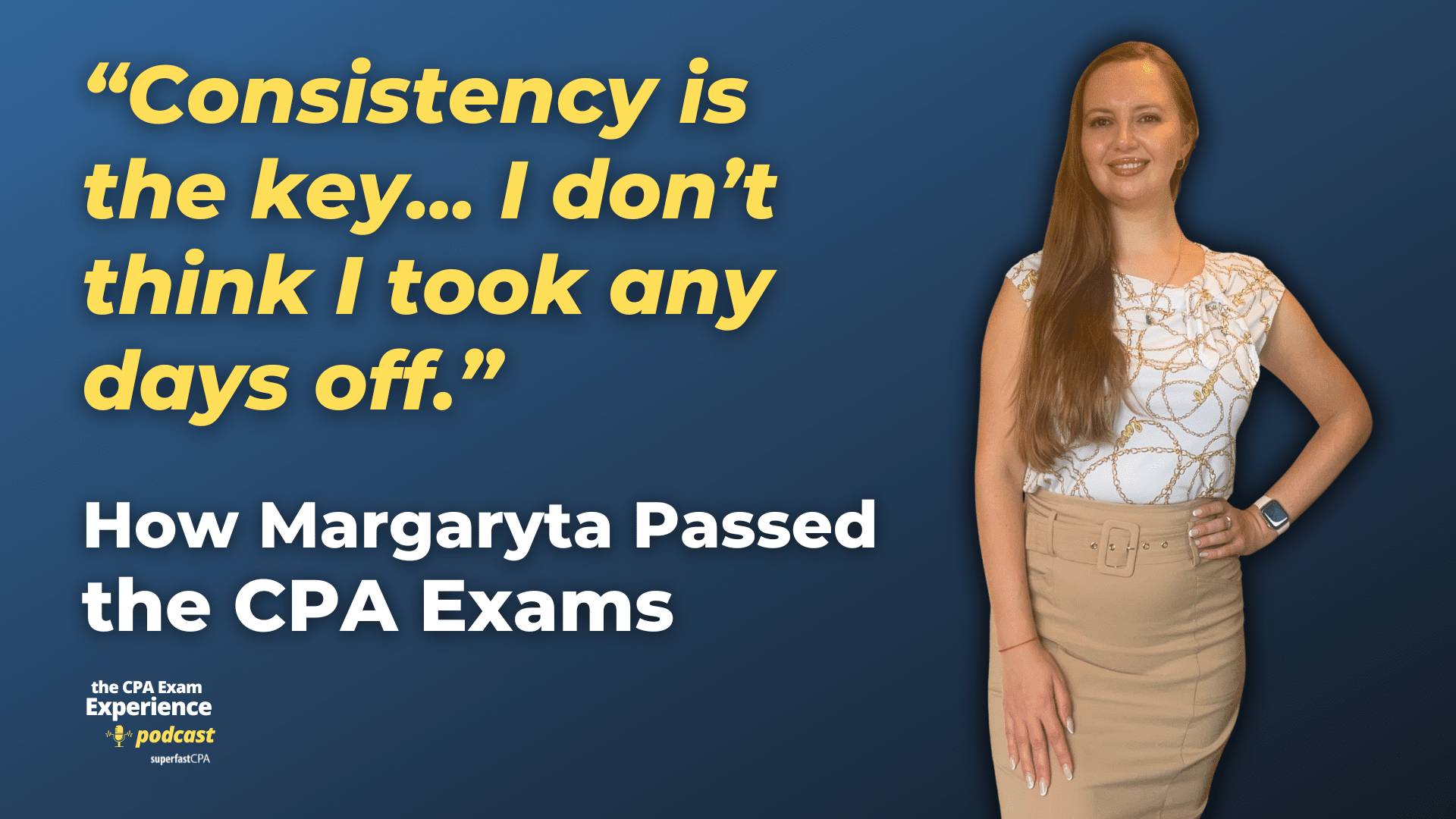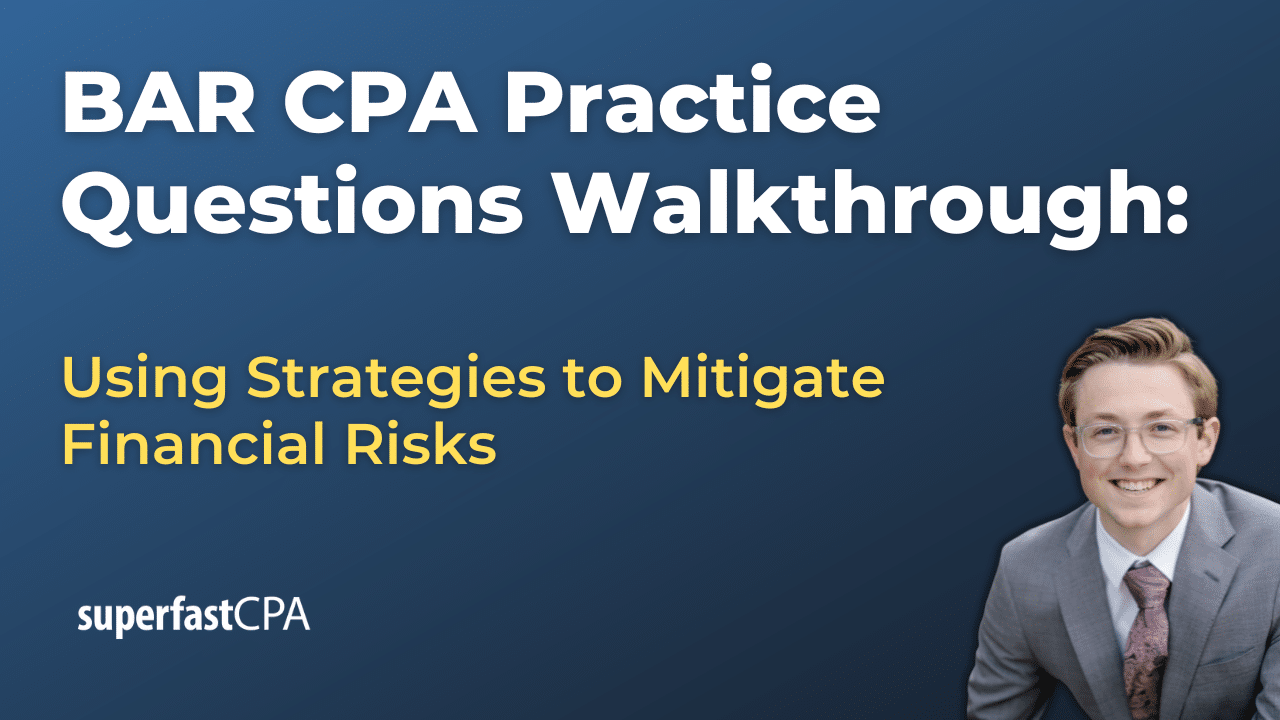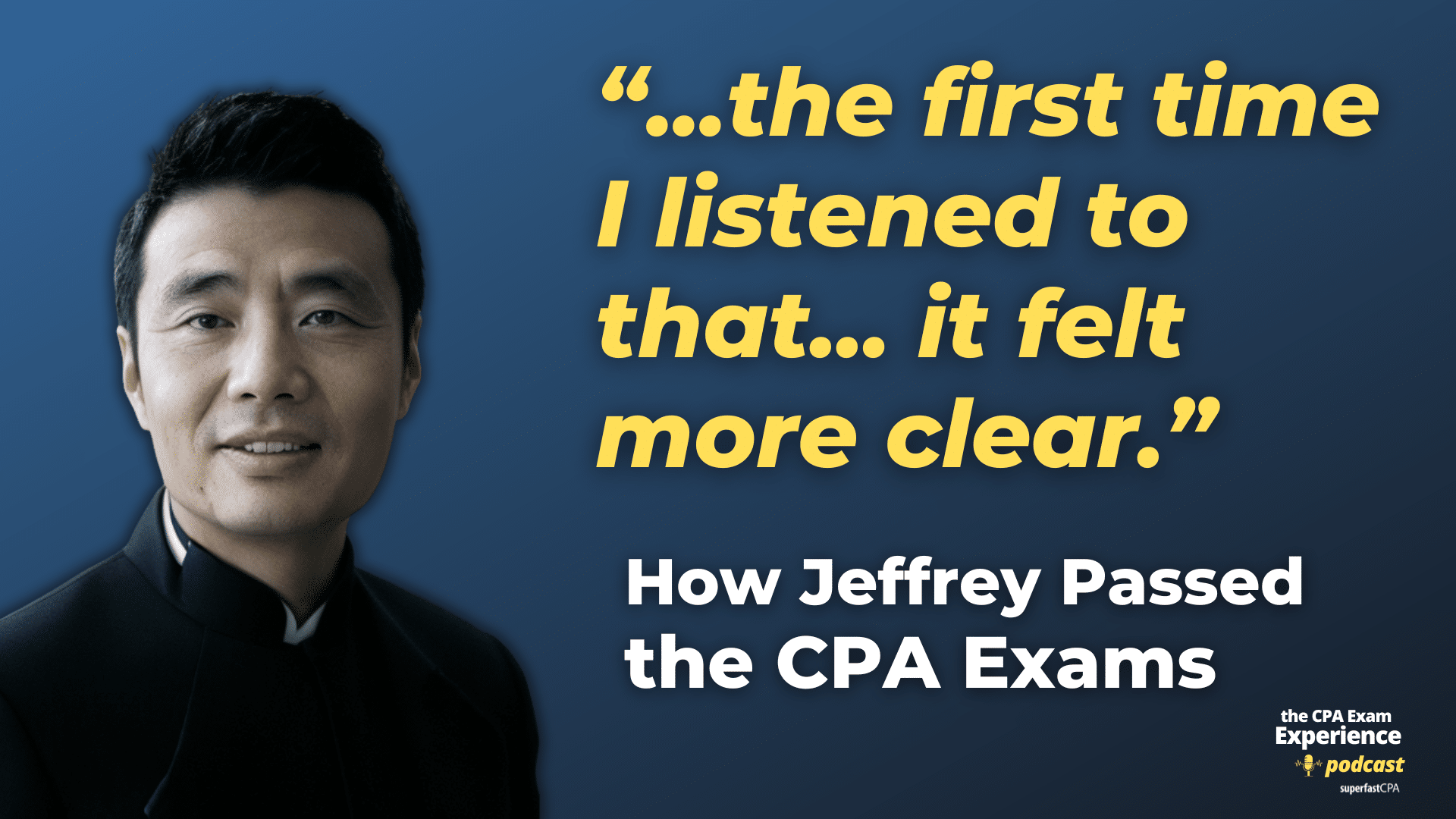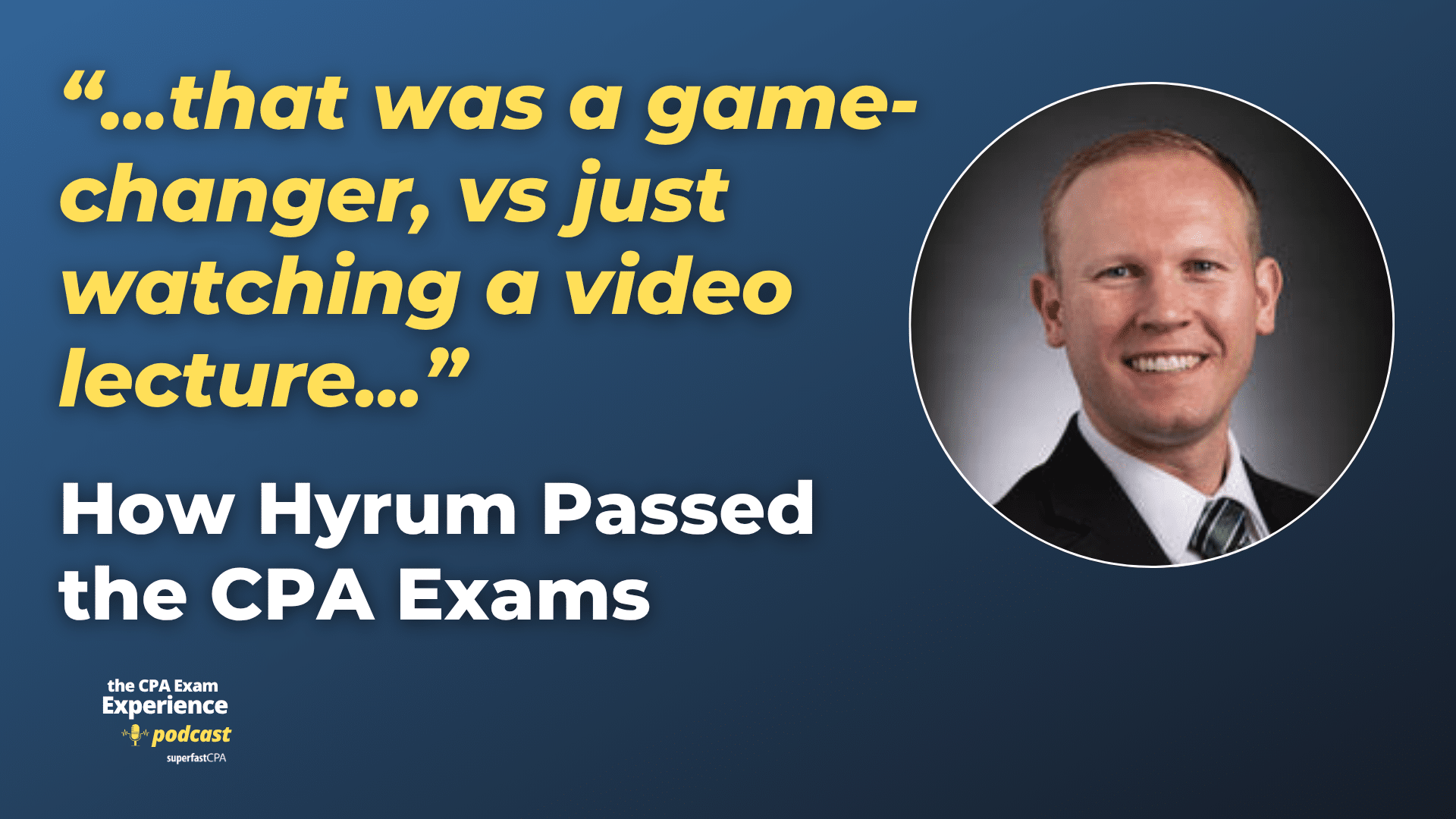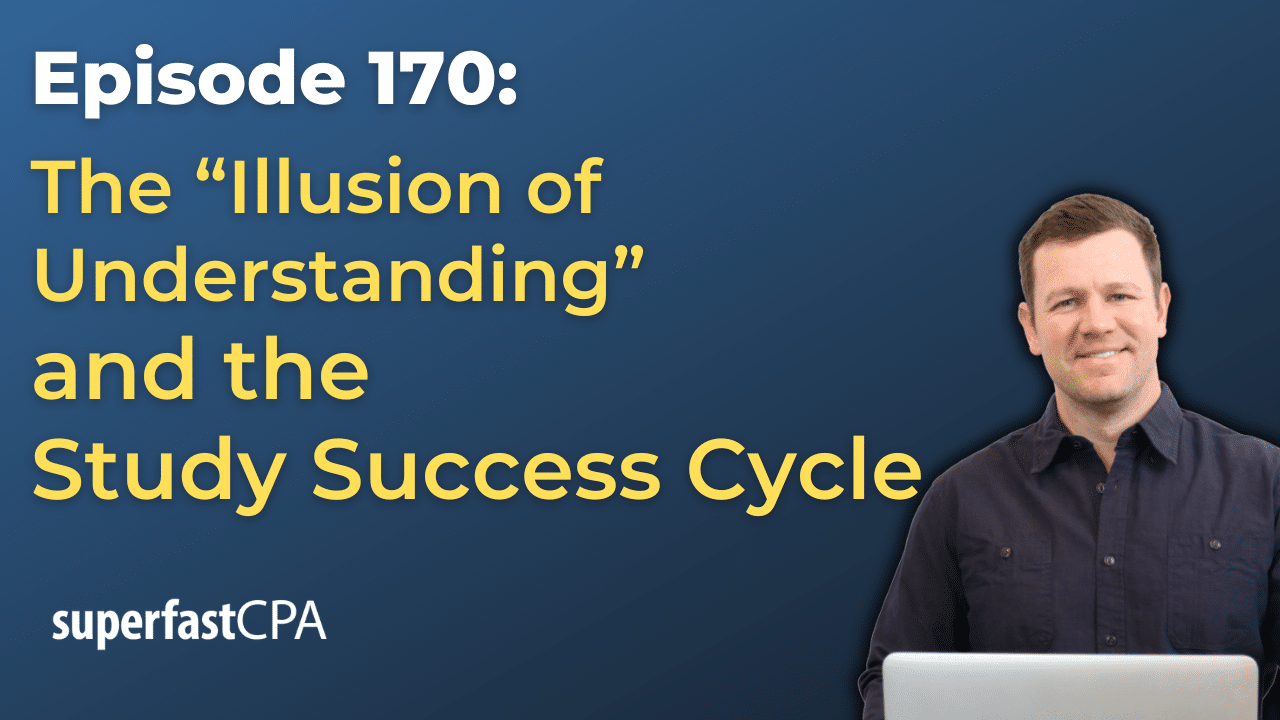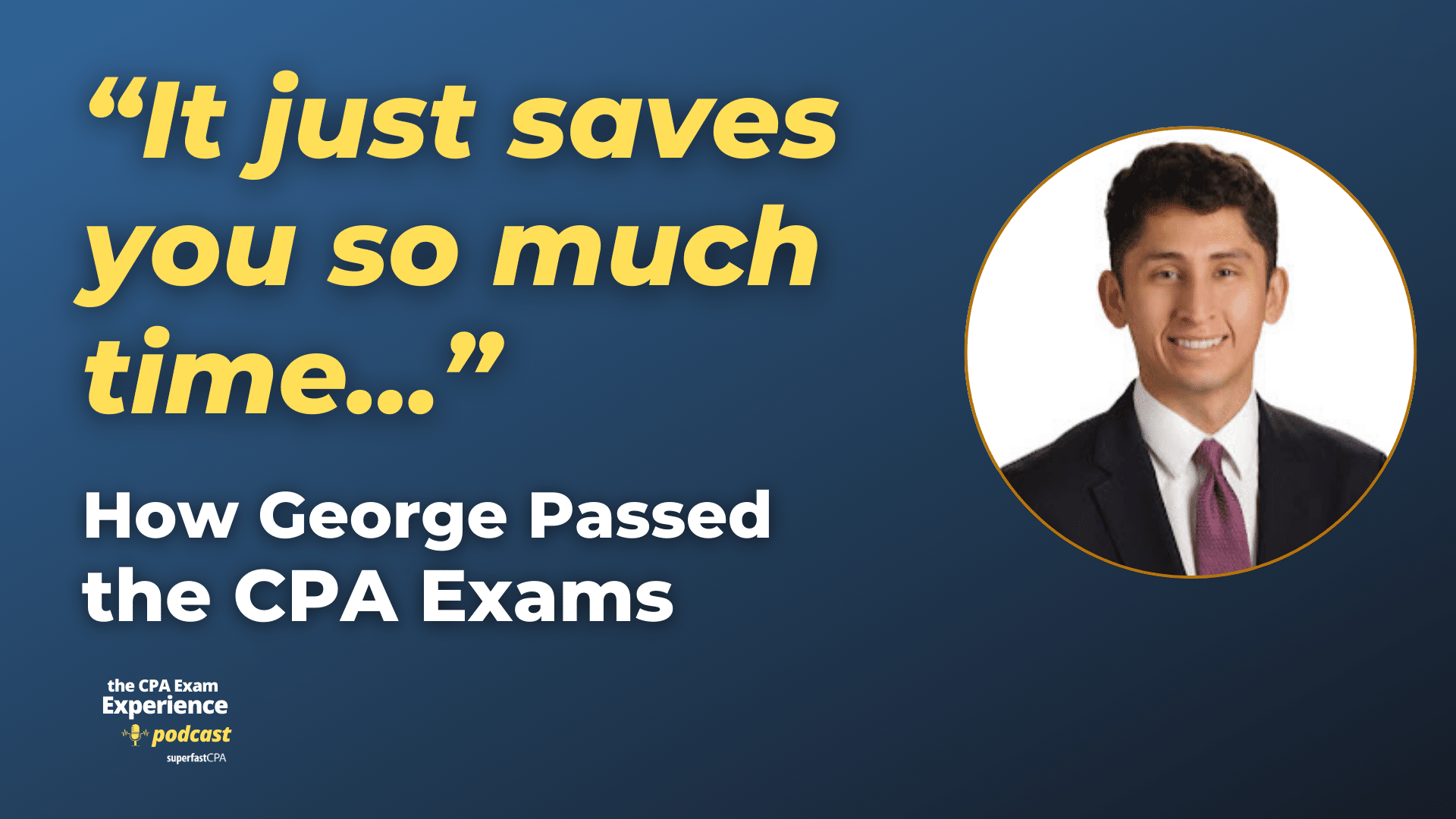General Partnership
A general partnership is a type of business structure where two or more individuals join together to conduct a business for profit. In a general partnership, all partners share equally in both the day-to-day management of the business and its profits and losses.
Key aspects of a general partnership include:
- Shared Management and Control: In a general partnership, all partners have the right to participate in the management of the business, and each partner has an equal vote, regardless of the amount of their investment.
- Joint and Several Liability: This is a significant aspect of a general partnership. Each partner is personally liable for the debts and obligations of the business. This means that if the business can’t pay its debts, the partners’ personal assets could be used to satisfy those debts. Furthermore, each partner is personally liable for the actions of the other partners.
- Sharing Profits and Losses: Partners generally share the profits and losses of the business equally, unless their partnership agreement stipulates a different arrangement.
- No Separate Legal Status: Unlike corporations or limited liability companies (LLCs), a general partnership isn’t considered a separate legal entity. Instead, the partnership is closely tied to the partners themselves.
- Taxation: A general partnership is a “pass-through” entity for tax purposes. This means the partnership itself does not pay income tax. Instead, profits or losses are passed through to the partners, who report them on their individual tax returns.
- partnership agreement: Although not legally required, it’s recommended that partners draft a partnership agreement. This document outlines the rights and responsibilities of each partner, how profits and losses will be distributed, and how the partnership will be governed.
Remember that laws governing partnerships can vary, so it’s wise to consult with a legal or business advisor when forming a general partnership.
Example of a General Partnership
Emma, a graphic designer, and Luke, a website developer, decide to start a business where they offer comprehensive web design services to clients. They agree to form a general partnership, which they decide to name “WebCraft Creations”.
In this general partnership:
- Emma and Luke share equal responsibility for running the business. Emma takes care of the graphic design work, while Luke handles website development. They both pitch in on marketing, client relations, and other aspects of the business.
- They agree to share profits equally. If WebCraft Creations makes a profit, they both get 50% of the earnings. Similarly, if the business incurs losses, both partners share the burden.
- Both Emma and Luke are personally liable for the business’s debts and obligations. For instance, if WebCraft Creations is sued by a client or can’t pay its bills, Emma and Luke could be held personally responsible. Their personal assets, like their savings, cars, or homes, could be used to satisfy these debts.
- For tax purposes, WebCraft Creations does not pay corporate taxes. Instead, the profits or losses are passed through to Emma and Luke, who report this income or loss on their personal tax returns.
- Even though it’s not legally required, Emma and Luke decide to create a partnership agreement. They outline their roles and responsibilities, how they’ll share profits and losses, and how they’ll make decisions for the business. This helps to prevent misunderstandings down the line and provides a roadmap for resolving disputes.
This is a simplified example of a general partnership. In real life, forming and managing a partnership involves more complexities, especially regarding legal and financial responsibilities. It’s always advisable to consult with a legal or business professional when starting a partnership.

